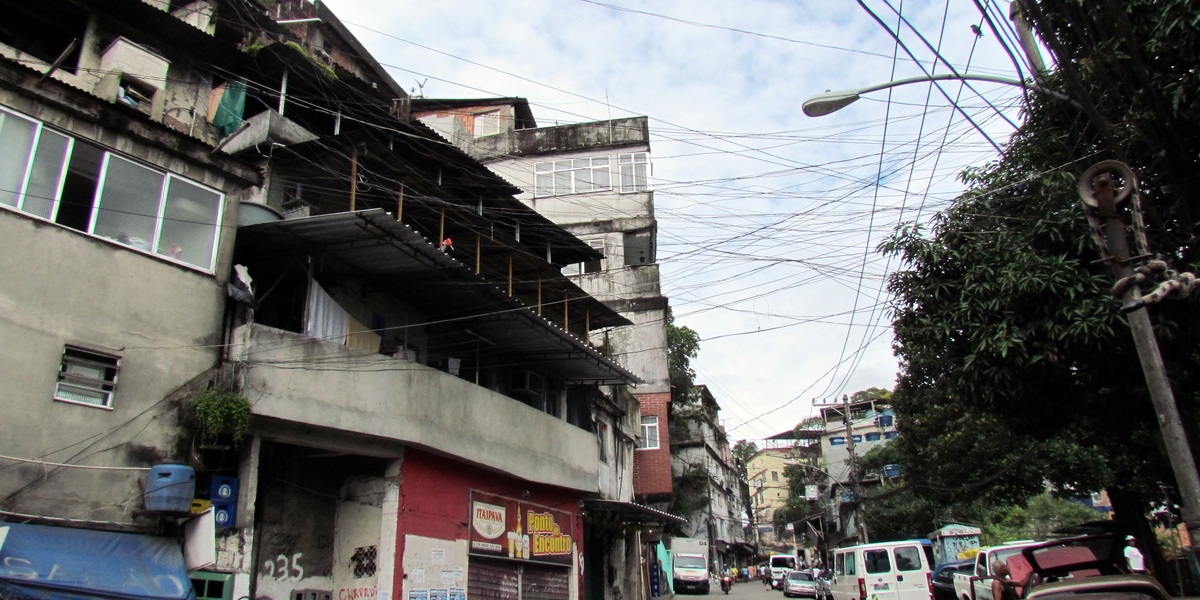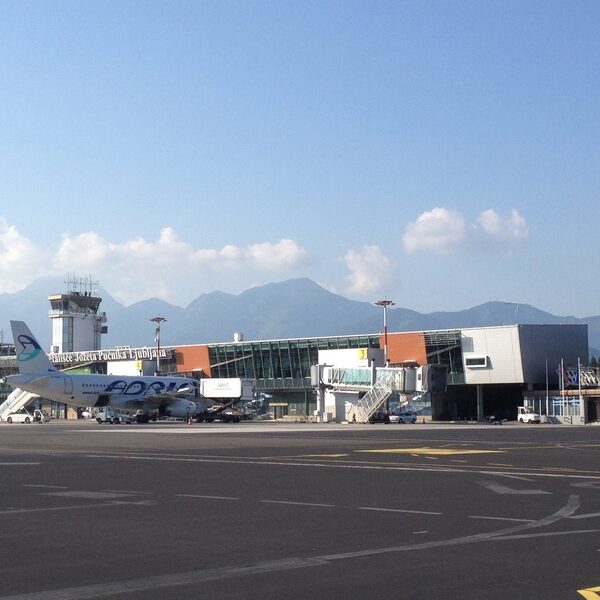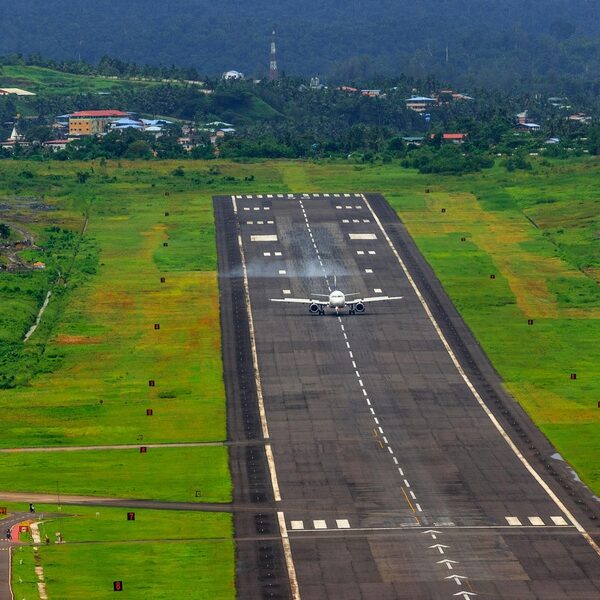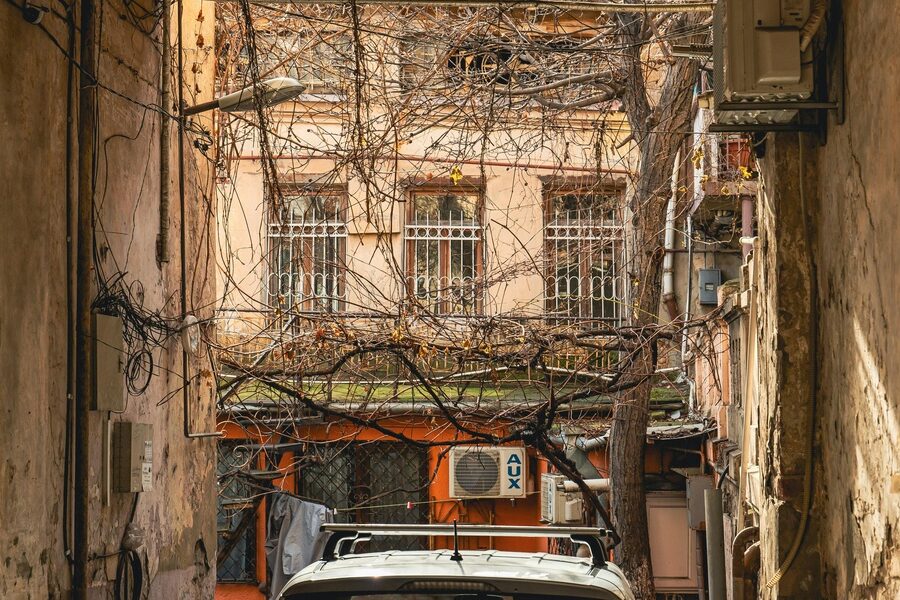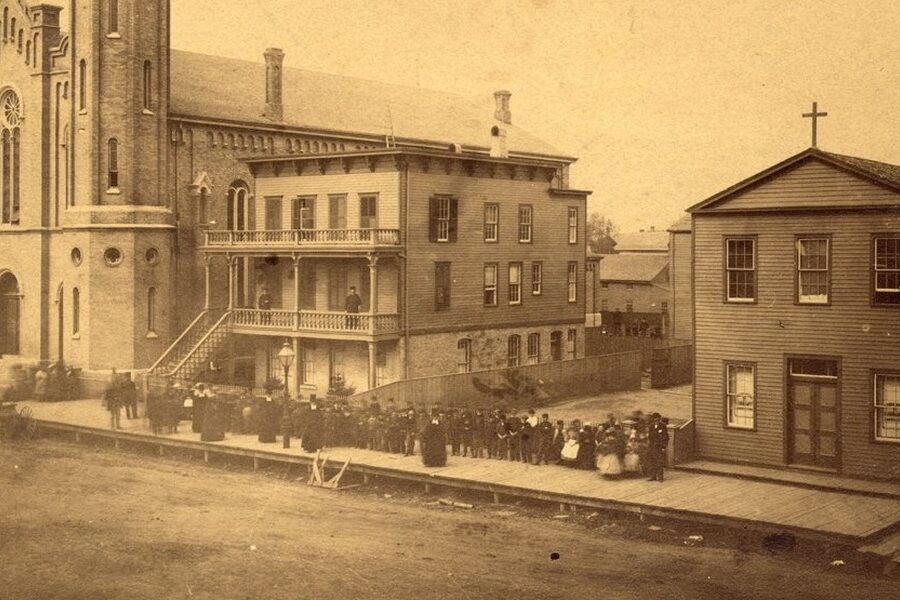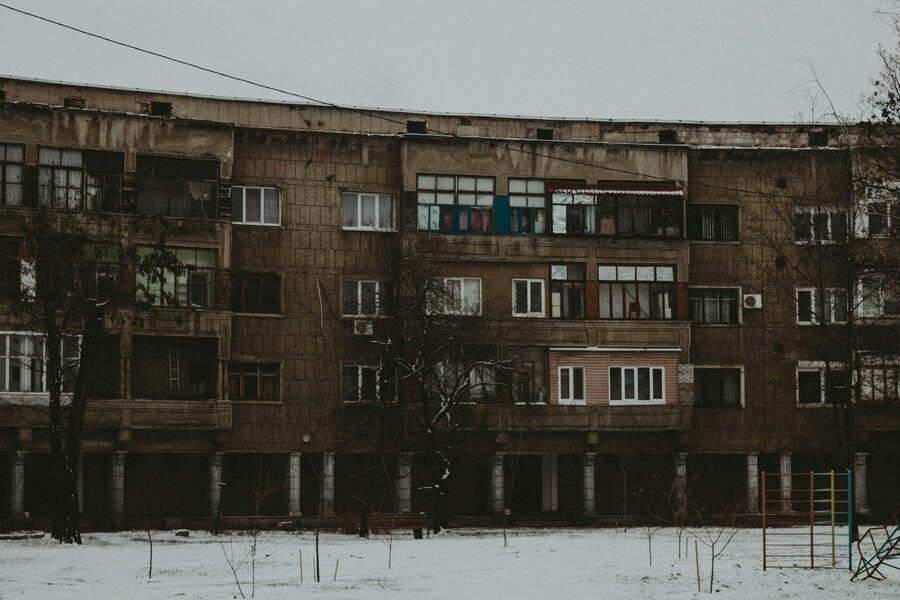South America shows sharp contrasts between growing urban centers and neighborhoods where basic services and incomes lag behind. Understanding where poverty is concentrated helps frame policy, aid, and local development efforts without losing sight of the people affected.
There are 15 Poorest Cities in South America, ranging from Ayacucho to São Luís, chosen to illustrate geographic and demographic variety across the continent. For each city you’ll find below data organized as Country,Poverty rate (%),Population (people), so you can quickly compare scale and severity at a glance.
How recent are the poverty figures for these cities?
Data recency varies by country—most figures come from the latest available national household surveys or official statistics offices, which may be a few years old; check the source note for each city below to see the exact year and any caveats about comparability.
How were the 15 cities selected and ranked?
Cities were selected based on available poverty-rate data and ranked primarily by poverty rate, with population shown to give context; selection favors metropolitan areas with reliable official measures rather than small informal settlements or estimated figures.
Poorest Cities in South America
| City | Country | Poverty rate (%) | Population (people) |
|---|---|---|---|
| Quibdó | Colombia | 62.80 | 130,800 |
| Riohacha | Colombia | 58.40 | 298,500 |
| Concordia | Argentina | 58.30 | 171,400 |
| Cumaná | Venezuela | 88.00 | 425,000 |
| Maracaibo | Venezuela | 85.00 | 1,550,000 |
| Resistencia | Argentina | 46.60 | 432,800 |
| Esmeraldas | Ecuador | 45.00 | 161,500 |
| Cerro de Pasco | Peru | 42.00 | 66,000 |
| São Luís | Brazil | 40.50 | 1,458,000 |
| Ayacucho | Peru | 38.00 | 216,400 |
| El Alto | Bolivia | 36.00 | 943,500 |
| Manaus | Brazil | 35.00 | 2,255,900 |
| Paramaribo | Suriname | 32.00 | 241,000 |
| Georgetown | Guyana | 30.00 | 118,400 |
| Guayaquil | Ecuador | 28.00 | 2,723,600 |
Images and Descriptions
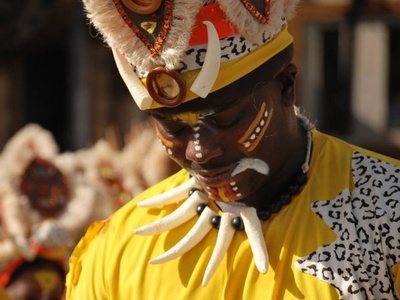
Quibdó
Isolated in the Pacific rainforest, this city faces extreme poverty due to historical state neglect, armed conflict, and limited economic opportunities. Its population is predominantly Afro-Colombian, highlighting deep-seated racial and regional inequalities in the country.

Riohacha
Located on the Caribbean coast, Riohacha’s high poverty rate is driven by a lack of basic services like water, government corruption, and the socioeconomic struggles of the indigenous Wayuu population, worsened by migration from neighboring Venezuela.

Concordia
This city in Argentina’s northeast consistently ranks as the country’s poorest. Its economy, heavily reliant on agriculture and informal work, has struggled with deindustrialization and cyclical economic crises, trapping a majority of its residents in poverty.
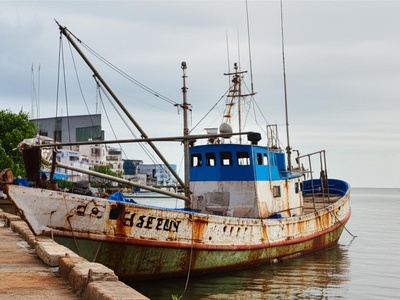
Cumaná
As one of Venezuela’s oldest cities, Cumaná is a stark example of the country’s economic collapse. The decimation of its fishing industry and the failure of public services have led to extreme poverty, food insecurity, and widespread hardship.
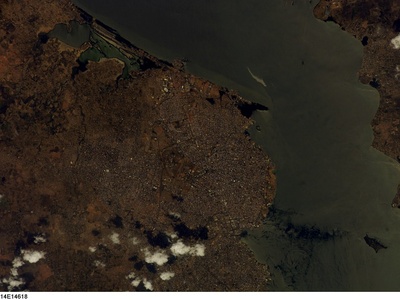
Maracaibo
Once the heart of Venezuela’s oil industry, Maracaibo has suffered a catastrophic decline. The collapse of oil production, hyperinflation, and a crumbling infrastructure with constant power and water outages have plunged most of its large population into poverty.
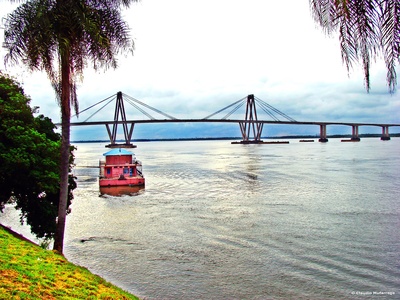
Resistencia
The capital of the Chaco province, one of Argentina’s poorest regions, Resistencia faces structural poverty due to a lack of formal employment and investment. Many residents work in the informal sector, lacking social protections and stable incomes.
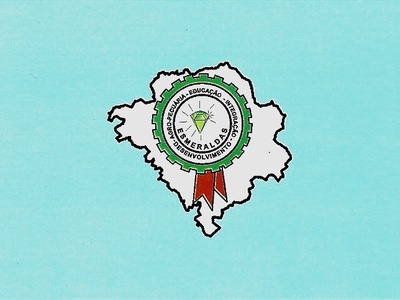
Esmeraldas
This port city’s largely Afro-Ecuadorian population has faced systemic discrimination and neglect. Limited economic opportunities outside the oil refinery, coupled with the influence of Colombian armed groups, contribute to high rates of poverty and violence.
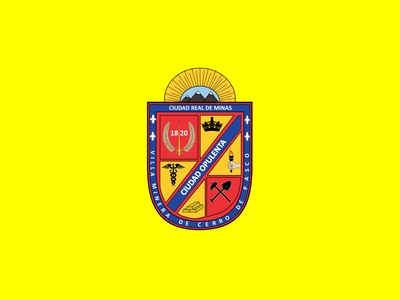
Cerro de Pasco
One of the world’s highest cities, its economy is completely dependent on mining. This reliance creates high poverty due to fluctuating commodity prices and severe environmental contamination from an open-pit mine that has devastated local health and agriculture.

São Luís
As the capital of Maranhão, one of Brazil’s poorest states, São Luís exhibits deep inequality. Despite being a major port, many residents live in informal settlements lacking basic sanitation and access to formal jobs, reflecting a major urban planning deficit.

Ayacucho
This Andean city is still recovering from the devastating internal conflict with the Shining Path terrorist group. The legacy of violence, combined with a lack of infrastructure and opportunities, perpetuates high poverty rates, especially among its indigenous population.
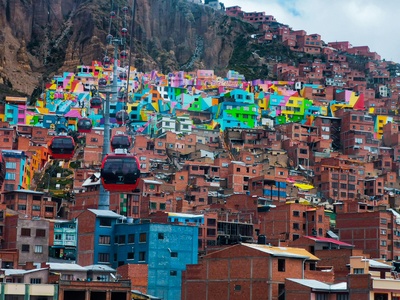
El Alto
A sprawling, rapidly growing city adjacent to La Paz, El Alto is home to a large indigenous population and migrants from rural areas. Poverty is driven by informal housing, a lack of basic services, and an economy dominated by low-wage, informal labor.
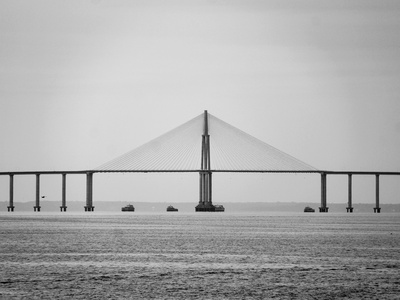
Manaus
Located in the heart of the Amazon, Manaus’s rapid growth, fueled by its Free Economic Zone, has outpaced infrastructure development. This has resulted in vast informal settlements (favelas) with poor sanitation, housing, and limited economic mobility for many residents.
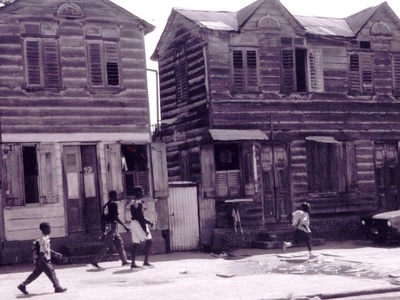
Paramaribo
The capital city reflects the national economic challenges of Suriname, which is heavily reliant on commodity exports. High inflation and limited economic diversification have resulted in significant urban poverty and a large informal sector providing precarious work.
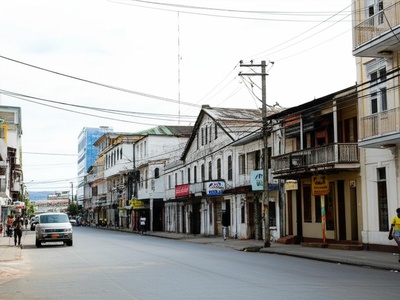
Georgetown
Despite Guyana’s recent oil boom, its capital city still struggles with significant poverty. The wealth is not evenly distributed, and many residents contend with decaying infrastructure, a lack of well-paying jobs, and poor housing conditions in informal communities.
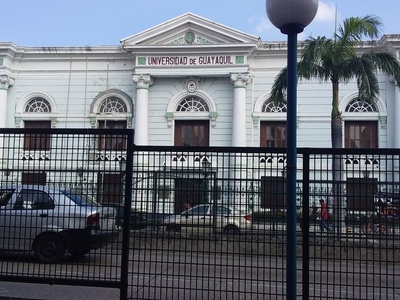
Guayaquil
As Ecuador’s largest city and port, Guayaquil is a center of commerce but also of immense inequality. A significant portion of its population lives in sprawling slums with inadequate services, while high crime rates and informal labor perpetuate cycles of poverty.

